A new executive order signed by former President Donald Trump is causing a stir, especially among parents, educators, and civil rights groups. While it doesn’t bring back corporal punishment, it does push for stricter school discipline—and critics say it ignores deep, long-standing racial disparities in how students are punished.
What the Executive Order Actually Says
Last week, Trump signed an order that encourages schools to tighten discipline policies. It also discourages schools from considering how those policies may disproportionately affect students of color. The message? Bring back “common sense” in discipline—but without guidelines that promote fairness in how those rules are enforced.
The order also hints that efforts to reduce racial disparities in school discipline may be violating the civil rights of white students. It warns that districts using policies influenced by racial equity concerns could risk losing federal funding.
Discipline Disparities Are Well-Documented
Despite the order’s vague language, the issue is clearly about race. Numerous studies have shown that Black students, especially boys, are punished more often and more harshly than their white peers for similar behavior.
According to a 2023 Scientific American report, Black boys make up less than 20% of preschool enrollment but account for nearly half of all suspensions in that age group.
A Yale study in 2016 used eye-tracking software and found that teachers were more likely to monitor Black boys for bad behavior—even when none occurred. They expected them to misbehave, which influenced how they were treated.
More recently, a 2024 University of California, Berkeley study found that Black students were 3.6 times more likely to be suspended from school compared to white students.
What the Numbers Say in Texas
Closer to home, a 2021 study by the University of Houston showed similar trends in Texas public schools. It found that:
- 65% of Black students and
- 52% of Hispanic students
faced disciplinary actions compared to just 35% of white students.
Punishments included suspensions, expulsions, and being moved to alternative schools—with students of color being impacted the most.
Changing Federal Policy—Again and Again
During his time in office, President Obama introduced guidelines that pushed schools to address these disparities. But Trump canceled those efforts during his first term. President Biden later reinstated them. Now, with this new order, Trump is attempting to reverse that progress again.
Educators Say Stricter Discipline Misses the Real Issues
Dan Hochman, a longtime teacher and college instructor, says that stricter rules don’t fix behavior. Instead, they often punish kids who are dealing with difficult home situations, such as homelessness, abuse, or mental health challenges.
“You can’t just give every kid the same punishment,” Hochman said. “You have to understand why they’re acting out and help them deal with it. Most of the time, the problem starts at home.”
Texas Lawmakers Push for Tougher Rules
In line with Trump’s stance, Texas lawmakers recently advanced House Bill 6, which would make it easier for schools to suspend students—even young children in pre-K through second grade, and homeless students.
The bill would allow schools to issue out-of-school suspensions for “repeated and significant” disruptions or threats to safety, even for the state’s youngest and most vulnerable children.
Experts Say This Approach Does More Harm Than Good
Renuka Rege, a senior attorney at Texas Appleseed, says this kind of discipline doesn’t help students—it hurts them.
“When kids are suspended, they miss school. They fall behind. And if we don’t deal with the root cause of their behavior, they’re more likely to drop out,” she said.
The executive order directs the Secretary of Education to release new guidance within 30 days. While it doesn’t carry much legal weight yet, a lot can change quickly when federal education policy is involved.

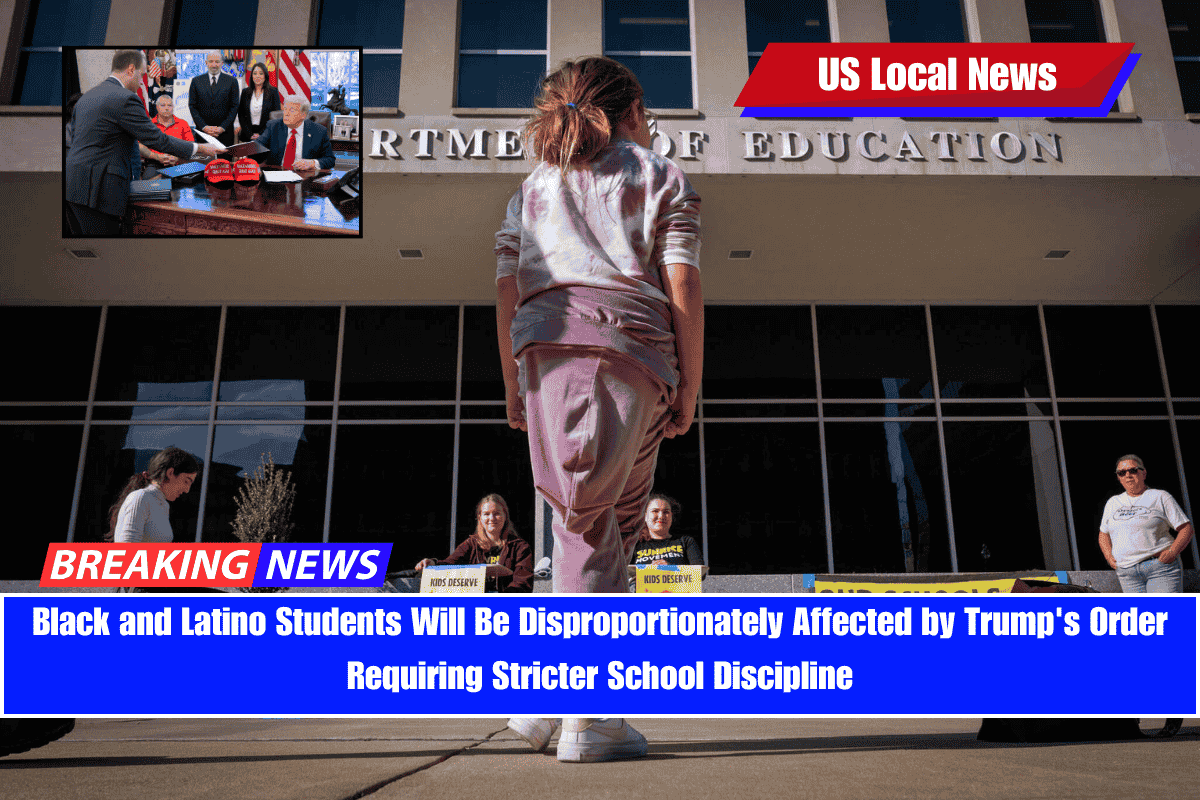
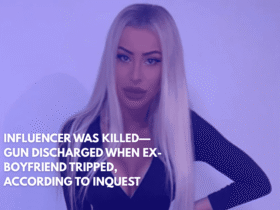

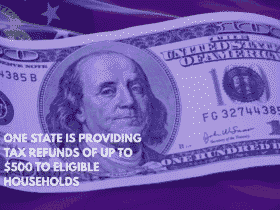

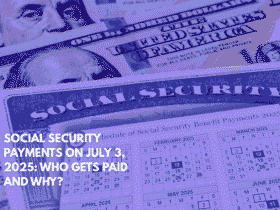
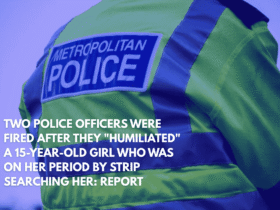
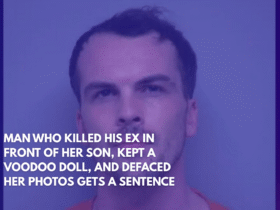
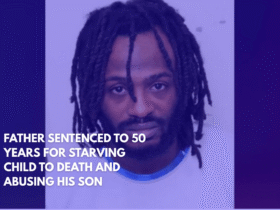

Leave a Reply